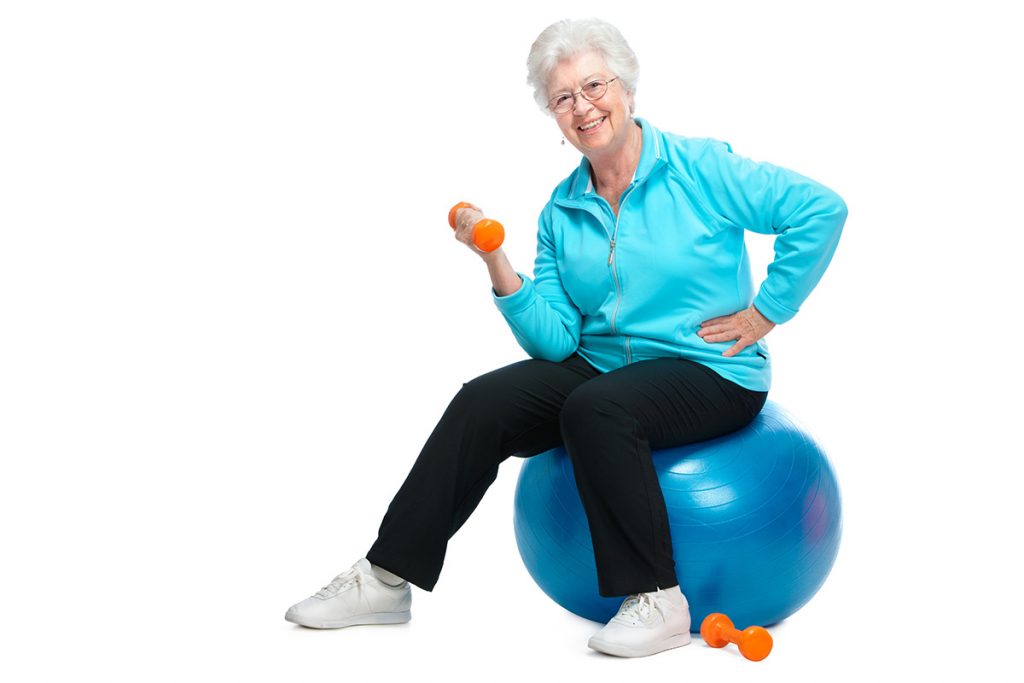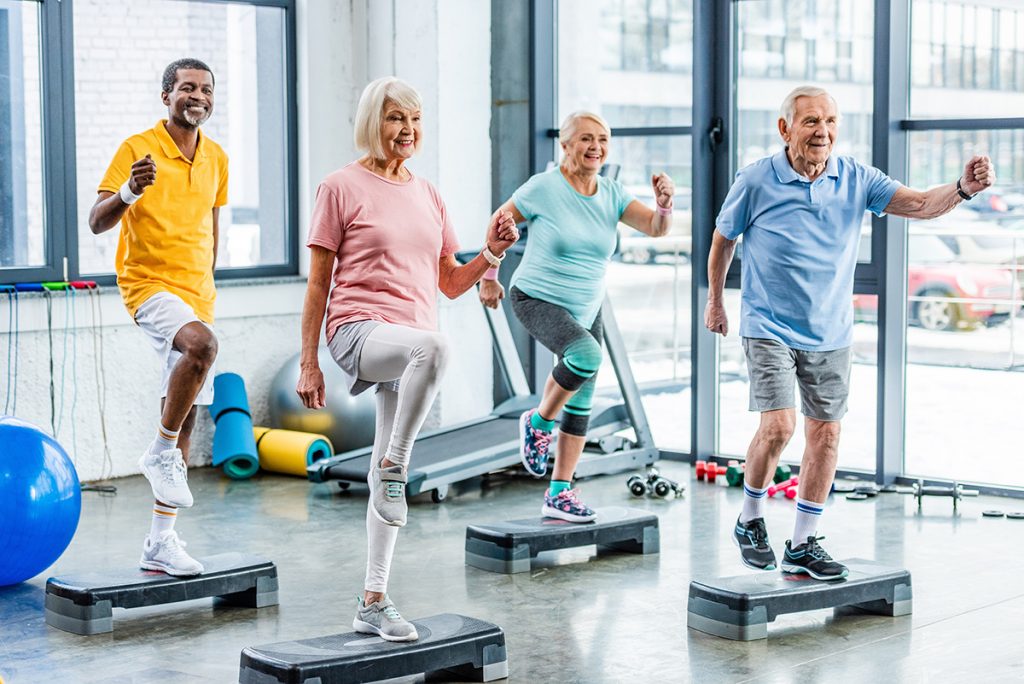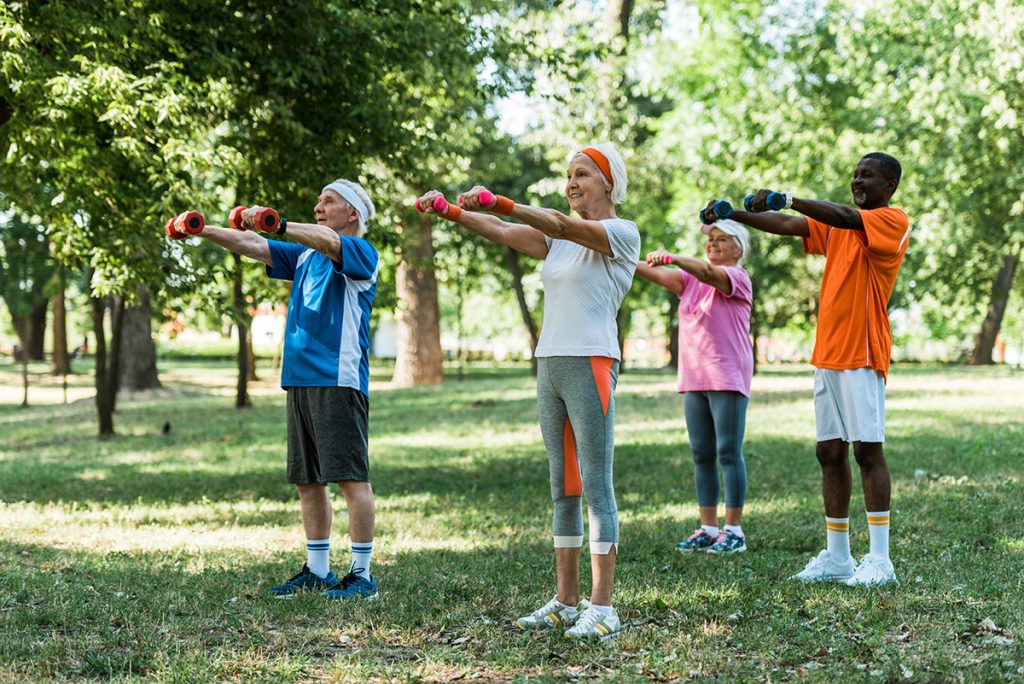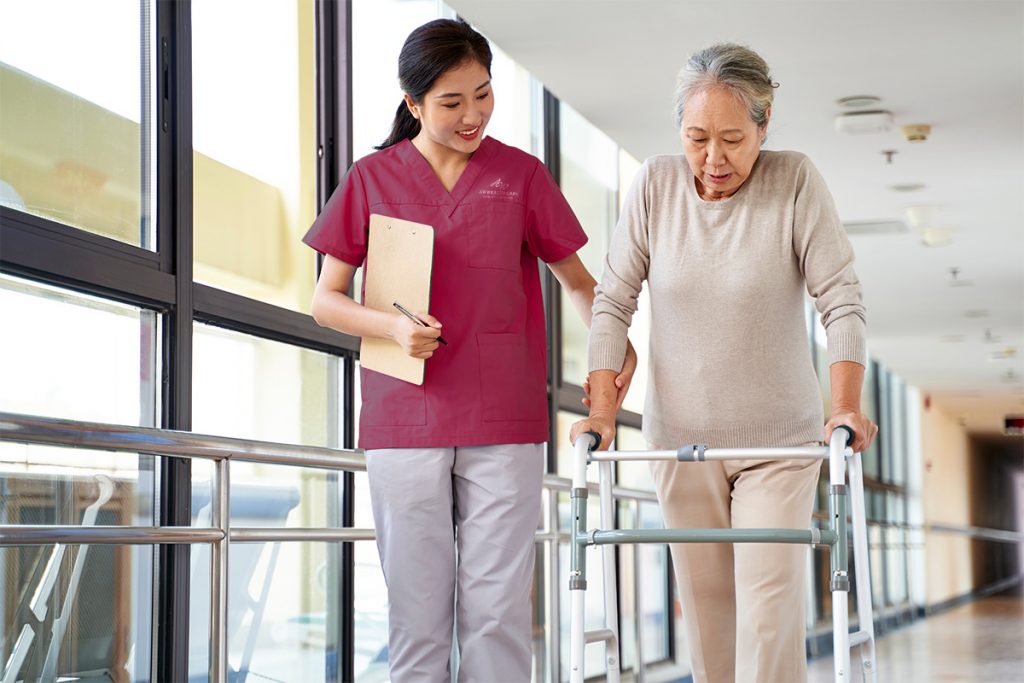Arthritis: A Common Complaint
In the United States, 21.2% of all adults or 53.2 million people have arthritis and experience joint pain and stiffness. There may also be swelling, redness and a decreased range of motion. Symptoms worsen as we age.
The most common types of arthritis are osteoarthritis and rheumatoid arthritis.
Osteoarthritis
Osteoarthritis causes the cartilage covering the ends of bones to break down and is the most common form of arthritis. Sometimes it is called degenerative joint disease or “wear and tear” arthritis. It occurs most frequently in the hands, hips and knees.
Developing osteoarthritis increases with age, mainly adults over 50, and obesity. People who suffered joint injuries from playing sports or from car accidents also tend to develop osteoarthritis. Job-related joint stress can develop into osteoarthritis. Genetics, bone deformities and certain metabolic diseases, like diabetes, are also a risk factor.
Rheumatoid Arthritis
Rheumatoid arthritis is a chronic inflammatory disease in which the immune system mistakenly attacks the lining of joints. This causes painful swelling that can result in bone erosion and joint deformity. Rheumatoid arthritis can also attack other body systems including the skin, eyes, lungs, heart and blood vessels.
Rheumatoid arthritis is thought to have a genetic component. If you have a family member with rheumatoid arthritis you may have an increased risk for the disease. While your genes don’t actually cause rheumatoid arthritis, they can make you more likely to react to environmental factors, such as infection and viruses which may trigger the disease.
Another common form of arthritis is gout. Gout is caused when there is too much uric acid in the blood and uric acid crystals form. Infections or other underlying disease such as psoriasis or lupus can cause other types of arthritis.
What Is An Occupational Therapist?
Occupational therapists (OT) provide rehabilitative services to individuals with mental, physical or developmental impairments. People often have trouble with day-to-day activities due to an illness, injury or disability. Occupational therapy teaches people how to work within their limitations so they can live as independently as possible.
What are the treatments?
There is no cure for arthritis. But it is important to keep joints working by reducing pain and inflammation. Call AW Health Care to speak with a therapy specialist (314) 330-7992 about therapy in your home.
Treatment consists basically of two things: self-care and therapy
By therapy, we mean hydrotherapy (water therapy or aquatic therapy), stretching and massage. These therapies are very helpful. Ask your doctor about referring you to an AW Health Care therapist who can provide this kind of therapy care.
Acupuncture is a therapy that has been tried by some with some benefit. It has been reported that acupuncture reduces inflammation through the stimulation of endorphin production.
By “self care” we mean living a healthy lifestyle that involves exercise and weight loss. Exercise like Tai chi and yoga have been shown to benefit for patients. Heating pads, ice packs and cold compresses are also beneficial.
Many doctors recommend both heat and cold treatments to help reduce the pain and stiffness. Try alternating a heating pad with ice packs or a cold compress to find the right combination to ease your pain.
Exercise Is a Good Thing
If you have osteoarthritis (OA), you may be thinking that exercise would harm your joints and cause more pain. This is not true. Research has shown that people can and should exercise when they have osteoarthritis. Exercise is the best and most effective non-drug treatment for pain reduction and improved mobility.
Smart Moves
Moderate exercise can ease your pain and help you maintain a healthy weight. You don’t have to run a marathon or swim a mile. Before starting any exercise program, check with your doctor first. You might want to also talk with a physical therapist. Start slowly to ease your joints into exercise. If you feel pain, stop. Along with your current treatment program, exercise can:
- Strengthen the muscles around your joints
- Help you maintain bone strength
- Give you more strength and energy to get through the day
- Make it easier to get a good night’s sleep
- Help you control your weight
- Make you feel better about yourself and improve your sense of well-being
Medications: Another Form Of Therapy
- Nonsteroidal Anti-inflammatory drugs (NSAIDs), like aspirin or ibuprofen, treat mild muscle aches. Arthritis patients take NSAIDS at higher does to reduce joint inflammation.
- Analgesics (like Tylenol) fight pain but not inflammation; others called opioids may be used for arthritis flares; suitable for short term use because they cause physical dependence and constipation.
- Corticosteroids fight inflammation and are taken orally as pills, absorbed through the skin as topical agents, or injected directly into inflamed joints.
- Disease-modifying anti-rheumatic drugs (DMARDS like Methotrexate) suppress the body’s immune system and are effective treatments for rheumatoid arthritis, psoriatic arthritis and lupus. DMARDs are often taken with other medications like NSAIDs.
- Biologics (like Xeljanz, Humira or Enbrel), called biologic response modifiers, also suppress the immune system and can stop joint damage from occurring. They do not cure arthritis but can put the disease into remission.
- Antidepressants (like Cymbalta or Lyrica) can reduce pain because body chemicals that affect mood also affect pain.
- Topicals are available in either over-the-counter or by prescription and come as a cream, gel, ointment, spray or patch, and are quick and convenient relief of localized pain.
Surgery
Sometimes surgery is required to help repair or replace a damaged joint. Surgery may reduce pain and improve the way the affected joint functions. Types of surgery includes arthroscopy, joint resurfacing, osteotomy and total joint replacement. Joint replacement surgery has a good track record for success resulting in pain reduction and increased mobility.









Comments are closed.